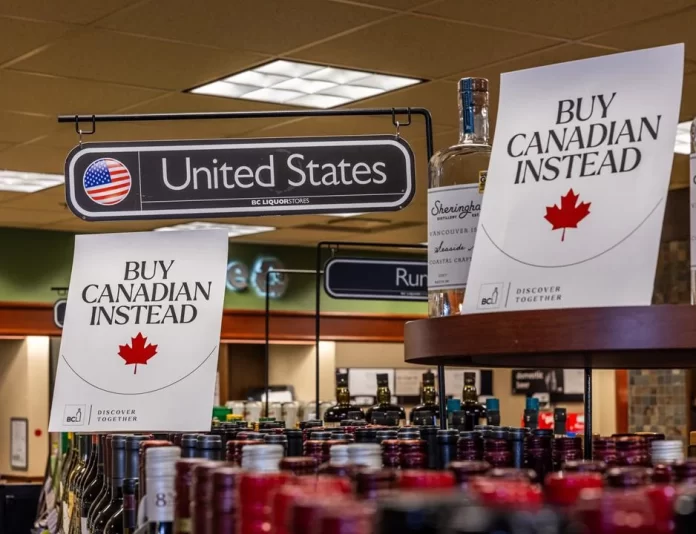Dr. Michael Batu is an economics professor at UFV and former economist for the Government of Ontario.
With the current trade war between the United States (U.S.) and Canada, it can be hard to see what one person can do in the midst of all these larger-than-life politicians. A good starting point is to educate yourself on the war’s potential economic impact. The Cascade sat down with Dr. Michael Batu to learn more.
The word “tariff’ has been appearing more and more in the news as of late, but what does the term actually mean? Batu clarified that a tariff is essentially a tax on imported goods that is paid by the importer.
“For example, if we purchased imported cheese, and if a tariff is imposed on that cheese, we would pay more for the imported cheese because of the tariff.”
As for trade wars, Batu further explained that these types of conflicts are all about action and reaction.
“A trade war, essentially, is tit for tat … I impose a tariff. You also impose a tariff. So that’s what it is. It’s retaliation.”
So, how can Canadians fight back against Donald Trump’s tariffs in their everyday lives? One thing we can do is start buying locally.
BC Buy Local defines local businesses in British Columbia (B.C.) as private establishments that are based in B.C. with more than 50 per cent of the owners living in the province.
According to Batu, buying from local businesses benefits our economy by creating demand for locally produced goods and services. This in turn helps produce more jobs for Canadians and helps smaller companies flourish.
Additionally, the Canadian Union of Public Employees (CUPE) claims that sourcing products locally is also more environmentally friendly than purchasing products that are transported over long distances.
As to why it’s especially important now to buy from local businesses, Batu explained that while there are no winners in most trade wars, Canada has more to lose than the U.S. as there’s more trade between the two nations than there is between Canada’s own provinces and territories.
“The U.S. economy is 10 times bigger than us, so we’re less diversified,” He went on to say that “we need to understand the gravity of the situation. The jobs that are at stake, the economy, our sovereignty, [and] our identity.”
But, how can we tell which goods are Canadian? Is sticking a maple leaf on the label enough? According to Batu, product labels are sometimes misunderstood. Labels like ‘Processed in Canada’ and ‘Manufactured in Canada’ could mean that, while the final stage of production takes place in Canada, the product itself could still be made from imported materials. On the other hand, labels such as ‘Proudly Canadian’ and ‘Product of Canada’ mean that the product is primarily sourced and produced in Canada.
As for how to buy specifically from B.C., there’s another label that consumers can look for. According to Buy BC, a resource made to help British Columbians buy local products, anything with one of their stickers on it was, “grown, raised, or made in British Columbia.”
Buy BC also suggests consumers support local businesses by visiting B.C. Farmers’ Markets, local on-farm markets, and U-pick farms.
Another resource that Canadians can use to ensure their groceries are being sourced locally is the popular website Made in CA. With the help of his father and uncle, then 17-year-old Tyler Campbell created Made in CA in 2018 to combat Trump’s first round of tariffs. The website features lists of Canadian products and companies to help Canadians ensure that the groceries in their shopping carts are either manufactured in Canada, or even better, produced here.
Of course, buying locally has some downsides. Since products like certain produce, cereals, and electronics are imported, consumers aiming to strictly buy Canadian goods might have to make some sacrifices. Many fast food chains in Canada are also owned by American companies, and should therefore be avoided by these consumers. Instead, consider sticking to Canadian food brands like Mary Brown’s, Booster Juice, or A&W Canada.
According to Batu, if Canadians are willing to replace their imported goods with Canadian substitutes, that’s up to them. He explained that ultimately, what matters is that we are paying attention to which products are imported and which ones are locally sourced.
“In order for us to help Canada in our own little way, we need to be cognizant of where the products are coming from.”
Other than buying from local businesses, Batu offered one last piece of advice for those aspiring to help grow Canada’s economy.
“[Canadians] need to be competitive again. We need to innovate. We need to dream.”


